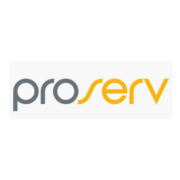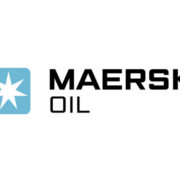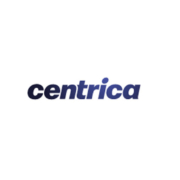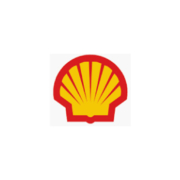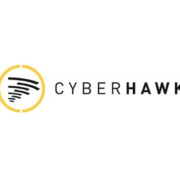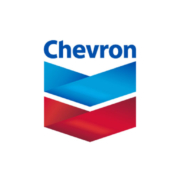Proserv provides asset life extension for major North Sea operator
Impact
The proposal provided by the controls system supplier was to sell a new electro-hydraulic SSIV to the Operator which would not have been compatible with the installed controls system. The Operator would have to replace a 400m umbilical and upgrade the existing controls system to operate the new electro-hydraulic SSIV. As a rapid-response engineering solutions provider, Proserv were contacted to determine whether there was a solution to work around the controls supplier’s negative response of having to replace the entire SSIV and controls system. The solution offered by Proserv saved the client from spending many millions to replace the existing subsea system and the cost of lost production. Furthermore, Proserv was able to offer a future-proof component obsolescence management plan.
The SSIV was transported down to our Subsea Control Centre of Excellence in Great Yarmouth, UK, for testing on a base plate. The filter and filter block were removed and dismantled, and the existing filter element removed and discarded, along with the filter block seals. The unit was then re-assembled with new seals and a new filter element. The same was then done with the DCV Shuttle Valve which went on to achieve an acceptable shutdown time which was acceptable to the Operator. A full FAT was carried out by the Proserv team in Great Yarmouth which was witnessed and accepted by the Client representatives.
Description of Best Practice
In the early 1990s, a major North Sea Operator purchased a subsea controls system which included pipeline subsea safety isolation valves (SSIV). A field ready spare was also purchased and stored, to provide contingency. As the units in place were more than 20 years old, the decision was taken to re-FAT the spare SSIV to check its serviceability. The unit was stripped down and the incumbent controls supplier was contacted to establish whether they could support the main valve on the SSIV, with a view to ordering parts or replace the valve if required. The OEM controls supplier was unable to support this valve, or offer a replacement for the obsolete parts.
Contact: Scott Lourie, Proserv
Scott.Lourie@Proserv.com

